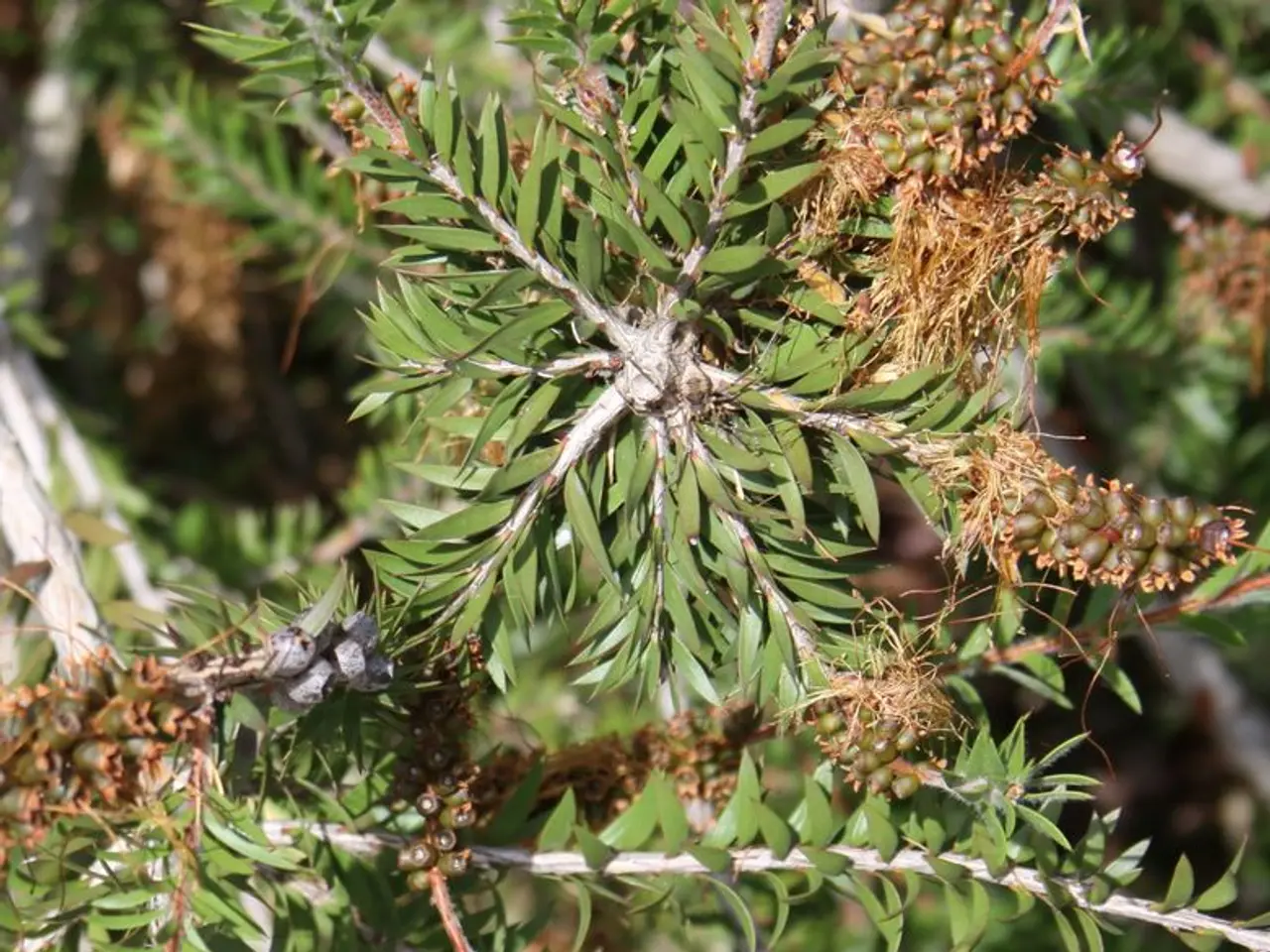Indoor Citrus Cultivation Blunders to Steer Clear of (and Tips to Prevent Them)
In the heart of winter, there's nothing quite like the vibrant hues and tantalising aroma of an indoor citrus tree. But to ensure these subtropical beauties thrive in our homes, they require specific care. Here's a guide to help you nurture a healthy, productive indoor citrus tree.
Firstly, it's essential to understand that citrus trees are heavy feeders and need regular nutrition to flower and fruit. A well-aerated soil mix, such as cactus soil, sandy loam, or a citrus-specific blend, is ideal. Remember, these trees' roots need oxygen, so avoid watering on a schedule or letting the pot sit in a saucer of water.
Check the top 2-3 inches of soil when it's dry before watering again. Good drainage is crucial to prevent root rot. Indoor citrus trees can get dry, especially in winter, so moisture levels should be checked regularly.
Citrus trees need 8-12 hours of direct sunlight daily, if possible from a south-facing window. Lack of adequate light leads to yellow leaves, leaf drop, and poor fruiting. If insufficient natural light is available, use full-spectrum LED grow lights, placed 6-12 inches above the canopy for 10-14 hours a day.
Citrus trees are subtropical and do not tolerate big temperature swings or dry air. Keep temperatures between 60°F-85°F (15°C-29°C) and maintain humidity above 50%. Avoid placing trees near cold drafts or heating sources like radiators. Moderate humidity (40-60%) is important, and dry indoor air can stress the plant. Balancing humidity helps keep citrus healthy.
Inspect leaves (especially undersides) of indoor citrus trees weekly for signs of pests like spider mites, scale, mealybugs, and aphids. Treat pests on indoor citrus trees with insecticidal soap, neem oil, or manually remove them as soon as they are spotted.
Common mistakes to avoid when growing citrus trees indoors include overwatering, underwatering, insufficient light, poor temperature management, neglecting humidity, neglecting air circulation, not rotating the plant, pot size mistakes, neglecting pruning, and ignoring the need for a well-draining soil mix.
Repot citrus trees every 2-3 years or when roots start circling the pot, using a pot that is 1-2 inches wider than the current rootball. Choose the wrong pot size can hinder growth or cause stress. Stop increasing pot size once the tree reaches about 4 feet tall to maintain manageable size and promote fruiting.
Be patient, as citrus trees grown from seed may take several years to mature and fruit. Trees grown from grafted stock typically fruit within 2-3 years. Hand-pollinate flowers using a small paintbrush or cotton swab if indoor citrus trees do not self-pollinate effectively.
Lastly, prune citrus trees lightly after harvest or in early spring to shape the tree and remove dead growth. Pruning maintains shape and health, including occasional hard pruning to rejuvenate the tree, ideally in early spring before new growth starts.
With these practices, you'll be well on your way to maintaining a healthy, productive indoor citrus tree. Enjoy the fresh aroma and bright colours it brings to your home!
- To complement the vibrant charm of an indoor citrus tree in your home, consider nurturing a thriving home-and-garden addition like a virtual oasis of plants, such as orchids, succulents, or tropical ferns.
- As you delve deeper into home-and-garden pursuits, explore gardening techniques for an outdoor space, like adopting a low-maintenance design, implementing efficient irrigation methods, or employing smart plant pairings to create a picturesque backyard scene.





